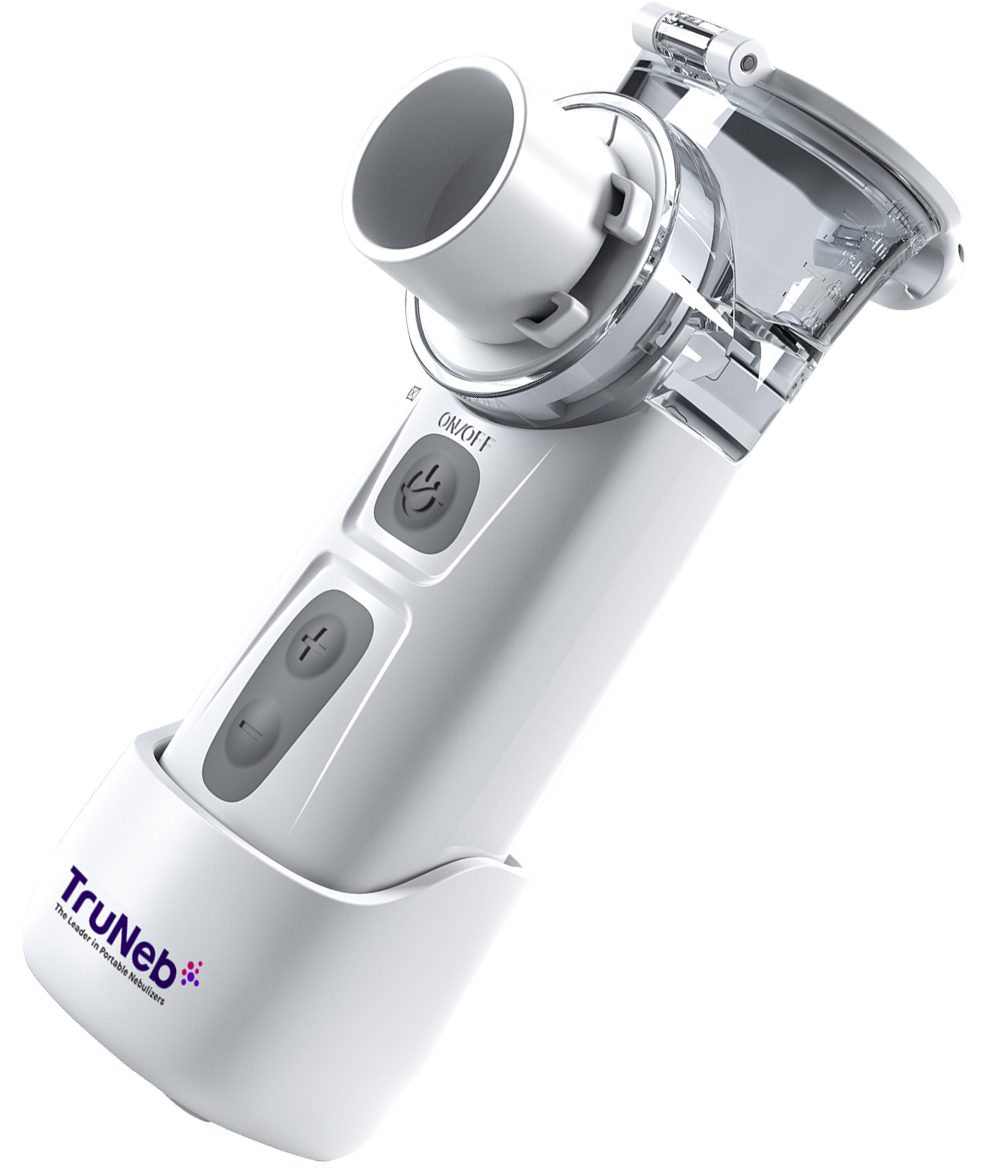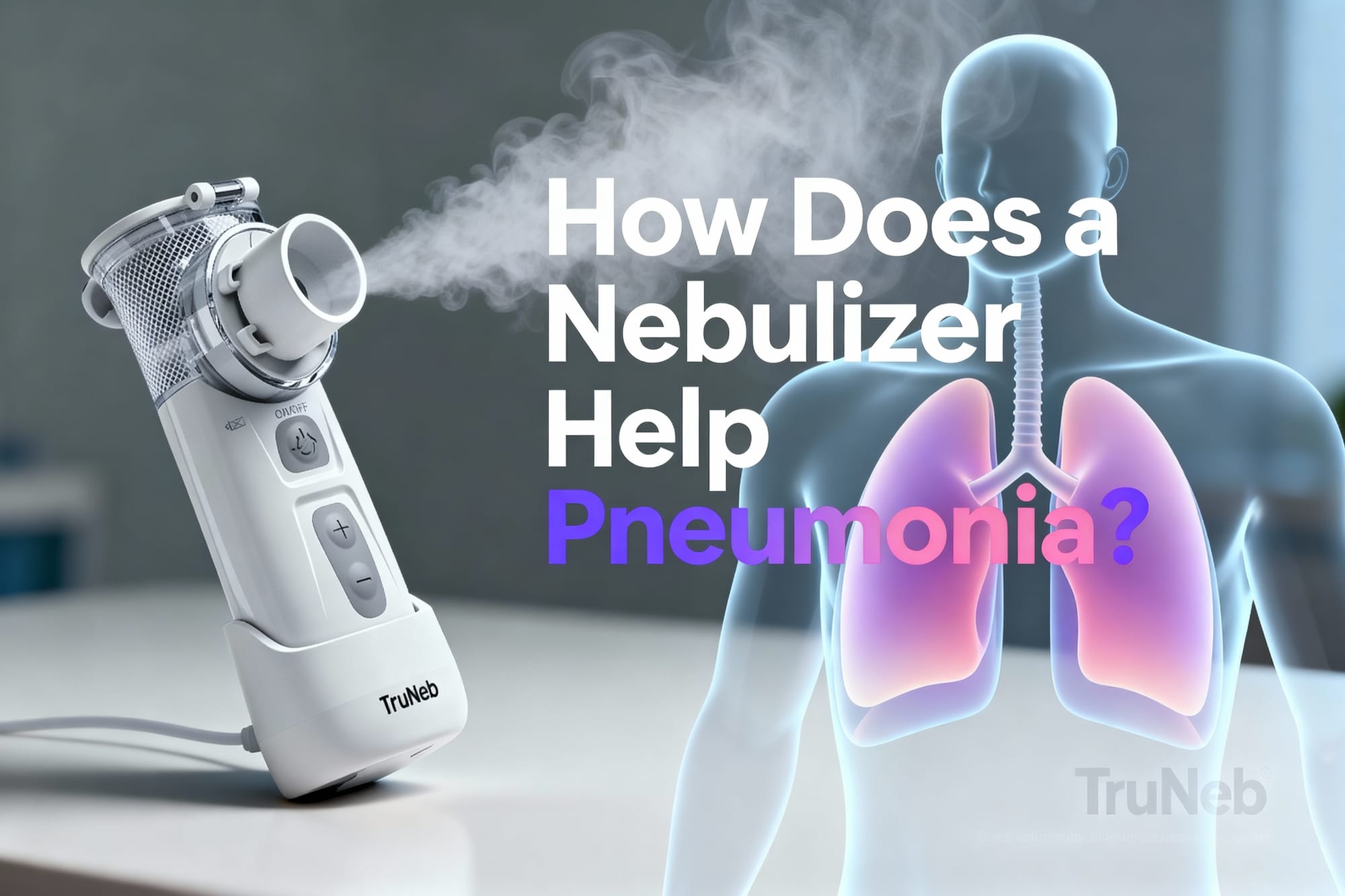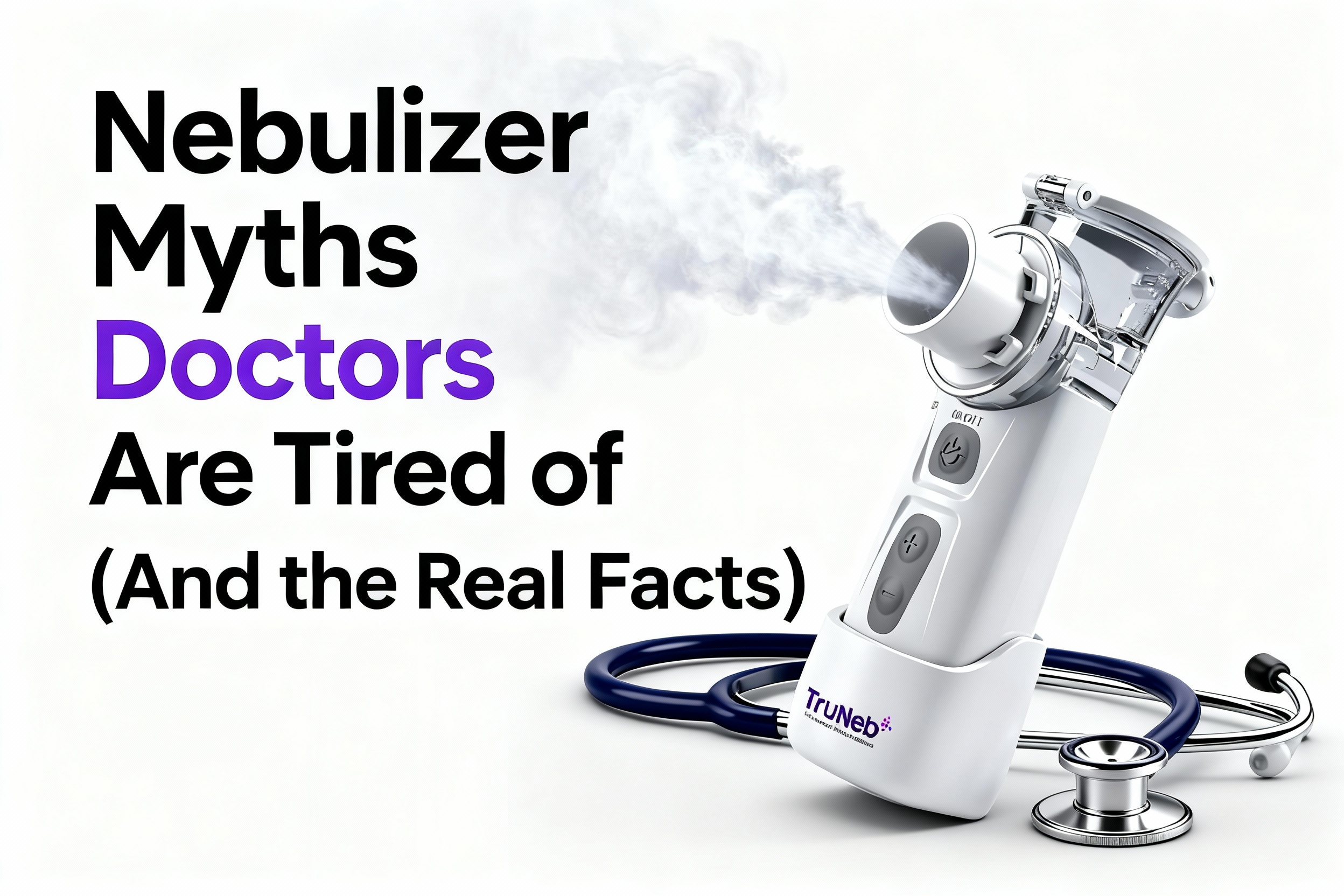On this page
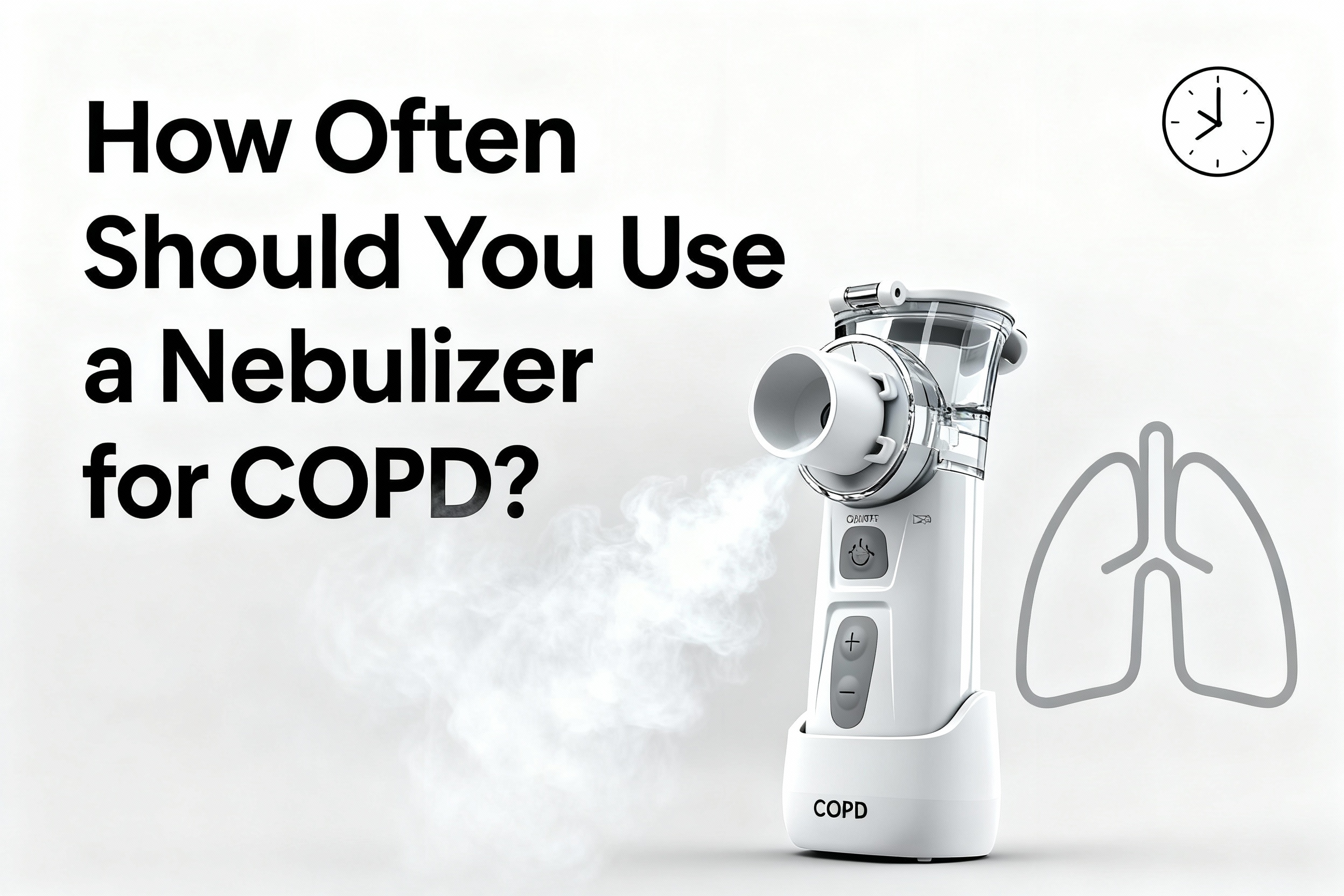
How Often Can You Use a Nebulizer When You Have COPD?
Most rescue nebulizer medicines for COPD are used as needed every 4 to 6 hours, up to about 3–4 times in 24 hours, unless your prescription says otherwise.
Your exact plan comes from your prescription label and your doctor.
In short:
- Quick relief (rescue) treatments: usually spaced 4–6 hours apart as needed. Many labels set a typical limit near 4 times per day.
- Daily control (maintenance) nebulizers: are typically scheduled 1–2 times a day if prescribed.
If you regularly need rescue treatments closer than every 4 hours, that’s a red flag. Contact your doctor.
If you feel you need more treatments than your plan allows, that can be a sign your COPD isn’t well controlled. Don’t self-increase. Call your doctor to review your treatment before trying anything new.
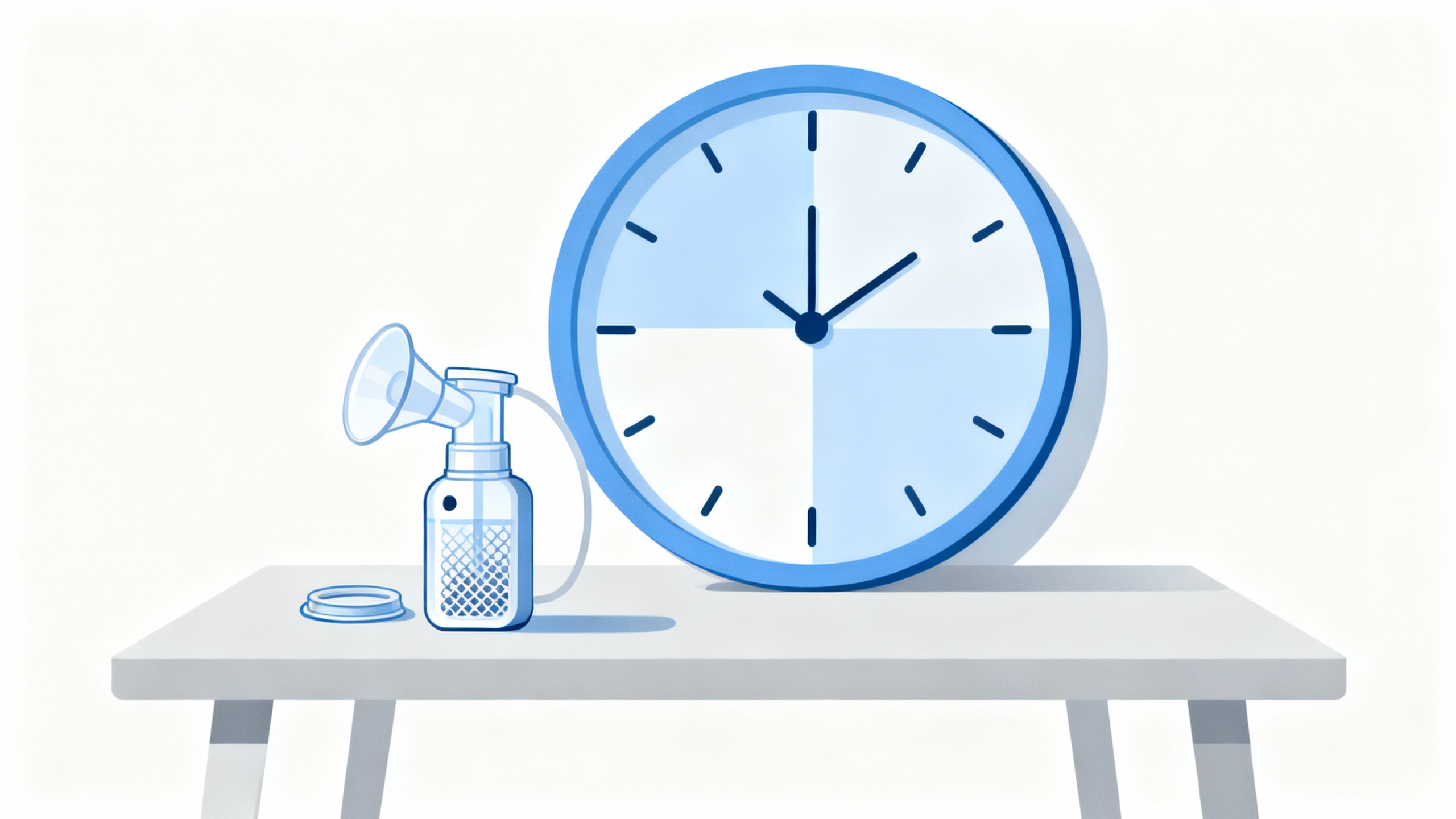
Rescue vs. Maintenance Nebulizer Use
Rescue nebulizers are for quick relief during symptoms, while maintenance nebulizers are scheduled daily to help prevent COPD flare-ups.
- Rescue use: This is for sudden symptoms like shortness of breath or wheezing, including during a COPD exacerbation (flare). Medicines like albuterol (a short-acting bronchodilator, or SABA), ipratropium (an anticholinergic), or the combo ipratropium/albuterol work fast but wear off in a few hours. You use them as needed, usually not more often than every 4–6 hours.
- Maintenance use: Some people are prescribed daily nebulizer medicines (for example, a steroid like budesonide or a long-acting bronchodilator). These are taken on a set schedule, usually 1–2 times per day, to help prevent flare-ups.
Most people use nebulizers mainly for rescue relief. If you find yourself needing rescue treatments frequently, your maintenance plan might need an update.
Common COPD Nebulizer Medications and Typical Frequency
Typical frequency depends on the medication: short-acting rescue drugs are used as needed, while long-acting or steroid solutions are usually taken once or twice daily on a schedule.
These are general frequency patterns. Always follow your prescription label and your doctor’s directions. Rescue options include a short-acting bronchodilator (SABA) and an anticholinergic; some medicines combine both.
| Medication (Nebulized) | Purpose | Typical Frequency (Adults) | Notes |
|---|---|---|---|
| Albuterol (salbutamol) | Rescue bronchodilator (SABA) | Every 4–6 hours as needed, up to about 3–4 times/day | Follow your label; spacing reduces side effects. |
| Ipratropium + Albuterol (Duoneb) | Rescue combo (anticholinergic + SABA) | Up to 4 times/day as directed | Do not exceed your label or your doctor’s guidance. |
| Budesonide (Pulmicort Respules) | Maintenance steroid | Usually 1–2 times/day on a schedule | Not for quick relief; helps reduce airway inflammation. |
| Long-acting bronchodilator solution (e.g., formoterol) | Maintenance bronchodilator | Usually 2 times/day, about 12 hours apart | Not for rescue; dosing is scheduled. |
Your prescription label and doctor’s instructions come first. Doses and limits can vary by brand and country.
Can You Use a Nebulizer Too Often?
Using a nebulizer more than prescribed can cause side effects and usually means your COPD isn’t well controlled.
Common side effects from frequent bronchodilator use can include:
- Fast heartbeat or palpitations
- Shakiness or tremors
- Nervousness or trouble sleeping
- Headache
Overusing rescue medicines like SABAs can lead to diminishing relief over time (tolerance) and more side effects.
If you regularly need treatments closer than every 4 hours, or more than your label allows, call your doctor. An updated plan can help you feel better and reduce your need for rescue doses.
Best Practices to Get the Most From Each Treatment
Good technique, routine cleaning, and staying on your daily plan help each treatment work better and reduce how frequently you need rescue doses.
- Sit upright and take slow, deep breaths through the mouthpiece or mask. Finish the full cup (about 10–15 minutes).
- Clean and dry the cup, mouthpiece/mask after each use as directed. A dirty device can deliver less medicine.
- Follow your daily maintenance plan (inhalers or scheduled nebulizers) to help prevent flare-ups.
- Ask about pulmonary rehabilitation to build stamina, improve breathing technique, and reduce flare-ups.
- Try breathing techniques like pursed-lip breathing. Avoid smoke, strong fumes, and cold air when you can.
- Track your symptoms. A simple log can help you and your doctor spot patterns and adjust your plan.
- You might see products labeled "steam inhaler"—these are not for breathing prescription medications.
A portable mesh nebulizer like the TruNeb™ portable mesh nebulizer can help you stay on schedule when you’re away from home. Always follow your prescription and your doctor’s guidance.
⚠️ Medical Disclaimer
This article is for informational purposes and isn’t a substitute for professional medical advice. Don’t change your medication or dosing on your own. Always talk to your doctor about your health and treatments.
Nebulizer or Inhaler: Which Makes Sense, and How Often?
The medication dictates how long relief lasts—frequency is generally the same whether you use an inhaler or a nebulizer.
For most COPD medicines, the dosing frequency is the same whether you use an inhaler or a nebulizer. The device changes how the medicine is delivered, not how long it lasts.
Inhalers such as a metered-dose inhaler (MDI) with a spacer or a dry powder inhaler (DPI) are fast and portable. With correct technique or a spacer on an MDI, inhalers can work as well as nebulizers for most people.
Frequency depends on the medication, not the device; a dose of albuterol typically lasts about 4 hours whether nebulized or inhaled.
If you need relief frequently, the key step isn’t just switching devices. It’s reviewing your overall plan with your doctor to improve control and reduce frequent rescue use.
When to Call Your Doctor
If you need rescue treatments more than your label allows or closer than every 4 hours, call your doctor to review your plan.
- You need rescue treatments more than your label allows (for example, more than about 4 times/day).
- You need treatments closer than every 4 hours.
- You think you’re having a COPD exacerbation (flare).
- Your usual treatment no longer brings relief.
- You notice symptoms getting worse over days or weeks.
Seek emergency care if you have severe breathlessness, blue lips or face, confusion, chest pain, or trouble speaking in full sentences.
Your doctor might adjust your daily medicines, check for infection, or update your action plan so you can breathe easier.
Frequently Asked Questions
Tap or click a question below to see the answer:
Generally no, unless your prescription specifically allows it and your doctor advised it. If you feel you need more than your label allows, call your doctor to review your plan—frequent rescue use can signal poor control or a flare.
Yes—if it’s part of your prescribed maintenance plan (for example, a daily steroid or long-acting bronchodilator). Using rescue medicine every day can be a sign your COPD isn’t well controlled and should be discussed with your doctor.
Follow your written COPD action plan. If you don’t have one, call your doctor. Needing another dose sooner than planned is a red flag that may require treatment changes—don’t self-increase without medical advice.
Most treatments take about 10–15 minutes. If yours are much shorter or much longer, check your device, technique, and cleaning routine, and ask your care team if you’re unsure.
When used correctly, both can work well. The medication dictates duration—frequency is generally the same. A spacer with an MDI can help match nebulizer effectiveness for many people.

